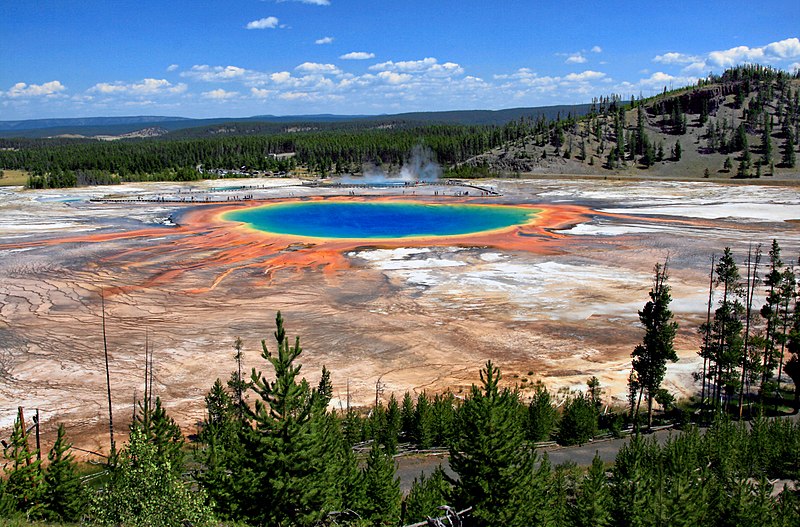Tuesday, 14 February 2012
More Evidence To suggest That Life First Arose In Areas Of Extreme Volcanic Activity
In the 1830s to 1850s when Charles Darwin provided evidence that organisms evolved, the debate over the origins of life started up once again. During the early to mid 1900s, biochemical experiments defined the conditions in which life could arise from inert chemicals. These conditions have helped narrow down where life could have begun. Many theories state that early organisms formed and lived around deep sea hydrothermal vents due to the heat, protection from solar radiation and a rich variety of chemical compounds.
Yet scientists are beginning to move away from the deep sea theory and look towards shallow pools and lakes around volcanoes and other such areas of intense geothermal activity. Over the past five years, biochemical experiments have backed this up, giving reasons why proto-cells would require a shallow, volatile environment powered by volcanoes. Now a new experiment has provided evidence to show that the cellular composition of organisms today could only have evolved as a result of life's origins in shallow volcanic pools.
The cytoplasm of cells are rich in element ions. Living organisms use the different charges to generate a form of bio-electricity which power their various life processes. It is likely that the membranes of early creatures were very simple and unable to control the flow of substances in and out of the cell, as structures such as protein gates had not yet evolved. As a result, the ionic composition of the cytoplasm would have been very similar to the water in the surrounding environment.
Firstly, the team had to find evidence to show that the ionic composition of the cytoplasm has not changed over time. They did this by examining protein structures within cells and charted when they evolved using genetic analysis of simple forms of bacteria and archaea. They found that these essential pieces of cellular machinery were present either in the first ever life form (properly called LUCA, the last universal common ancestor) or its very close descendants.
The proteins can only form and function in environments which are low in sodium ions but rich in phosphate, potassium and zinc. A source of heat would also be required alongside an abundance of minerals and chemical compounds. The environments which tick all of these boxes are the shallow, freshwater pools found in areas of intense geothermal activity. While past studies have shown, through complex chemistry, why such places are ideal for the formation of life, this one has provided direct evidence in its role in the biological link between modern day organisms and their many billion year old ancestors.

